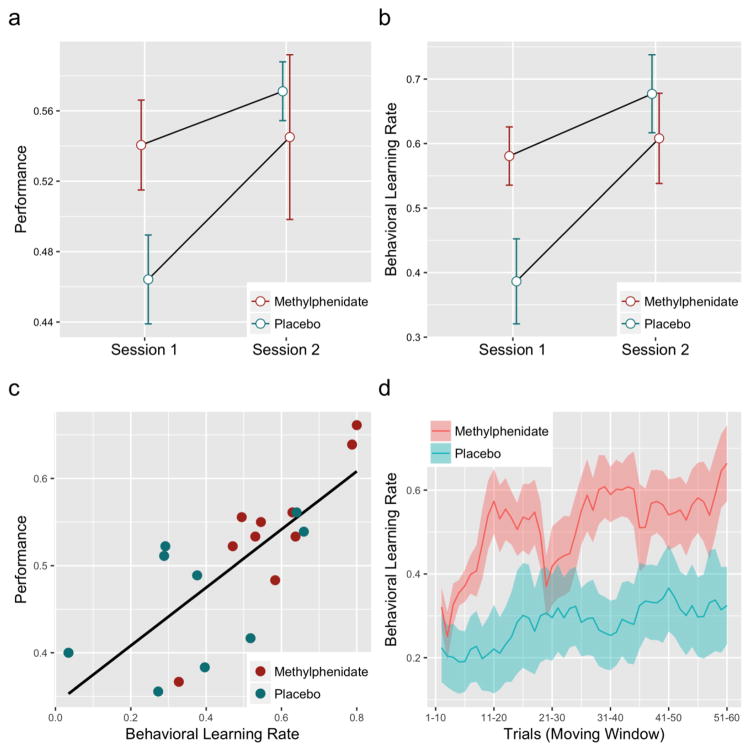Fig. 1. Behavioral effects of a single dose of methylphenidate (MPH) on error-driven probabilistic learning.
(a) Effect of MPH on performance. 2x2 ANOVA with performance as dependent variable and substance and session as factors did not meet threshold for significance (main effect of substance, F1=0.55, p=0.46; main effect of session, F1=3.48, p=0.07; interaction between substance and session, F1=2.94, p=0.10). Based on a t-test to examine the between subject effect within session 1, subjects receiving methylphenidate exhibited higher performance than those receiving placebo in session 1 (t17=2.12, p<0.05). Error bars represent standard error of the mean. (b) Behavioral learning rate is a behavioral analogue of the Rescorla-Wagner (RW) learning rate parameter that measures change in behavior after an error rather than change in (inferred) expectations. 2x2 ANOVA with behavioral learning rate as dependent variable and substance and session as factors revealed a significant interaction between substance and session (main effect of substance F1=0.81, p=0.38; main effect of session, F1=6.92, p=0.01; interaction between substance and session, F1=4.74, p=0.04). Based on t-tests, subjects receiving MPH had a significantly higher behavioral learning rate than those receiving placebo in session 1 (t17=2.48, p=0.02), but subjects receiving MPH and placebo were not significantly different in session 2 (t17=0.75, p=0.46). Error bars represent standard error of the mean. (c) Behavioral learning rate was positively associated with performance (X21=30.88, p<0.01) based on a linear mixed effects model (LME). A high rate of error-driven learning was advantageous for this task due to the high rate of environmental change. (d) Behavioral learning rate across block 1, session 1 using a moving window of 10 trials. Shaded regions show standard error of the mean. Subjects receiving MPH began with a similar behavioral learning rate to those receiving placebo, but rapidly increased behavioral learning rate from trials 1–10 to trials 11–20 (group-by-time interaction, p<0.05). This suggests that MPH accelerates adaptation of learning rate toward the environmental optimum.

